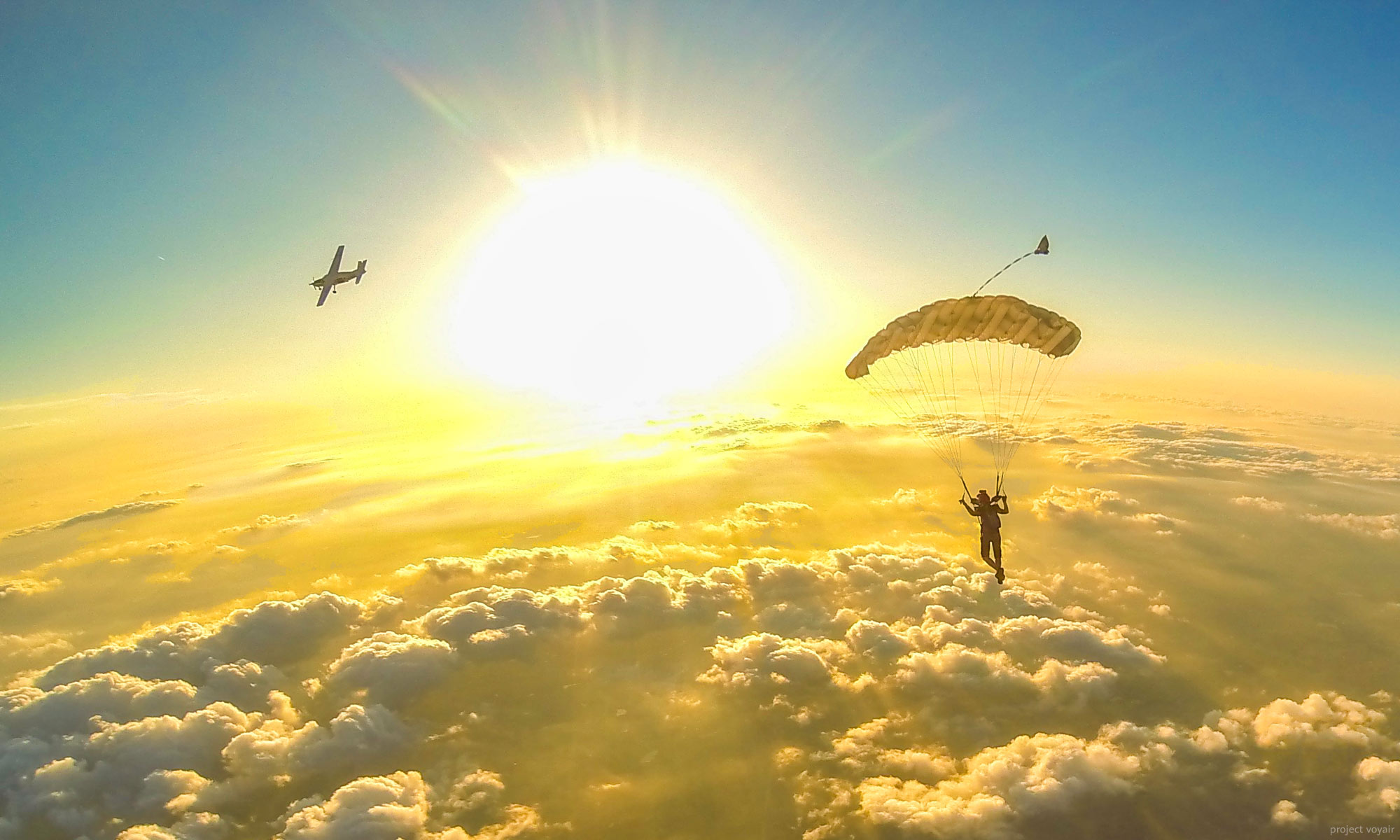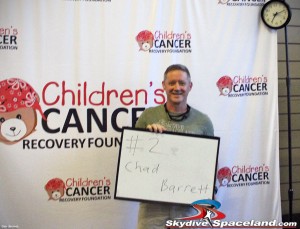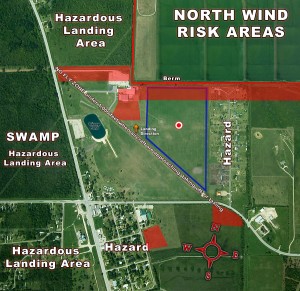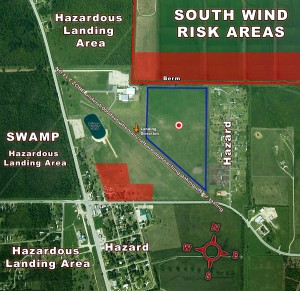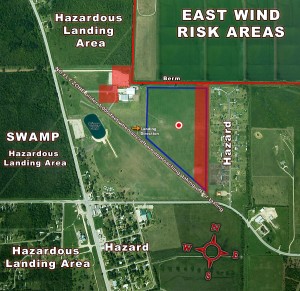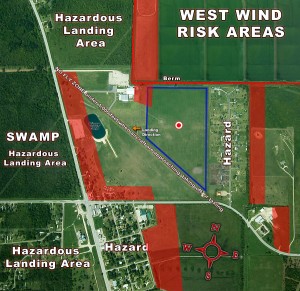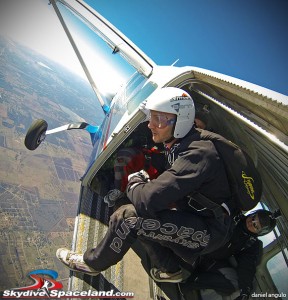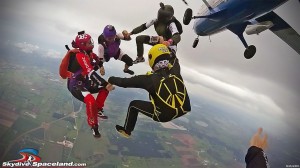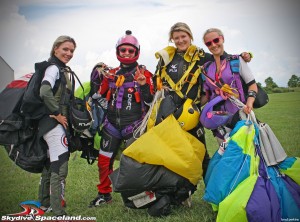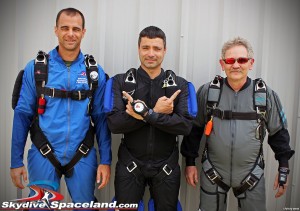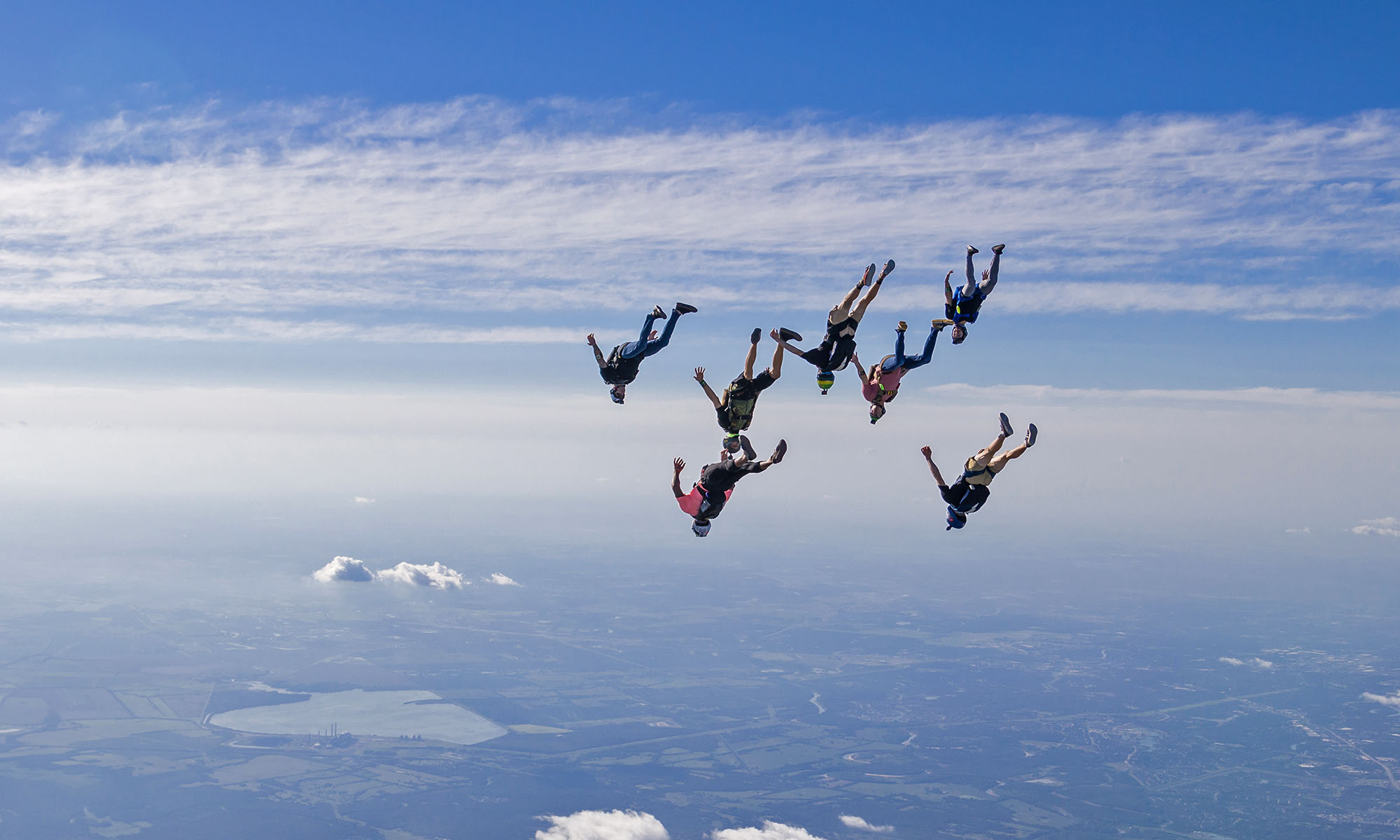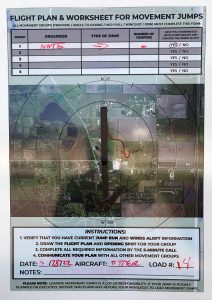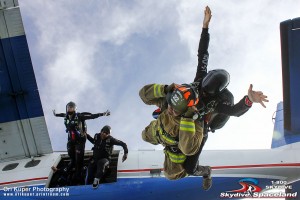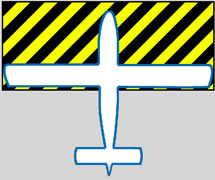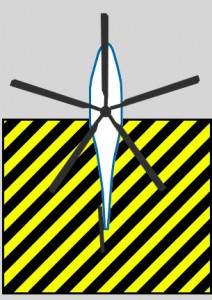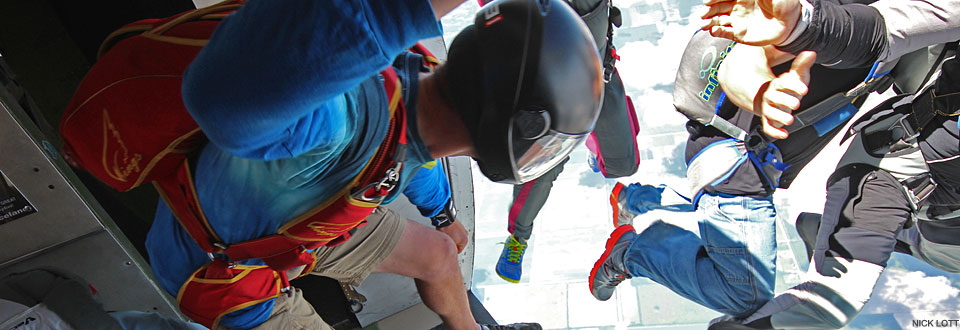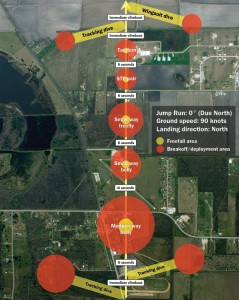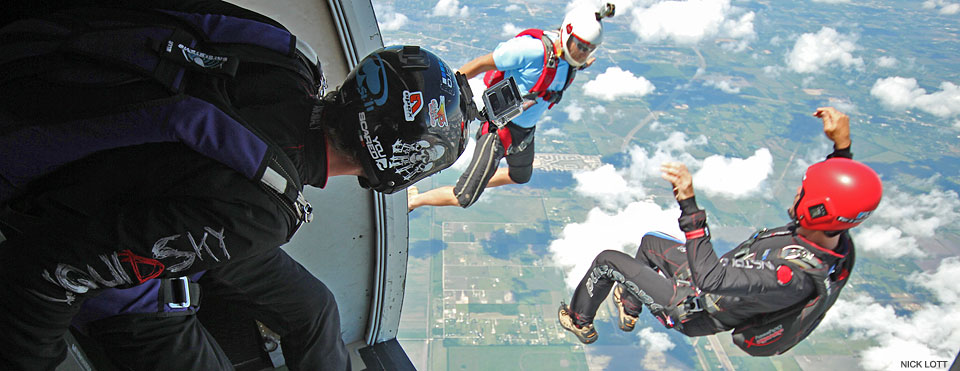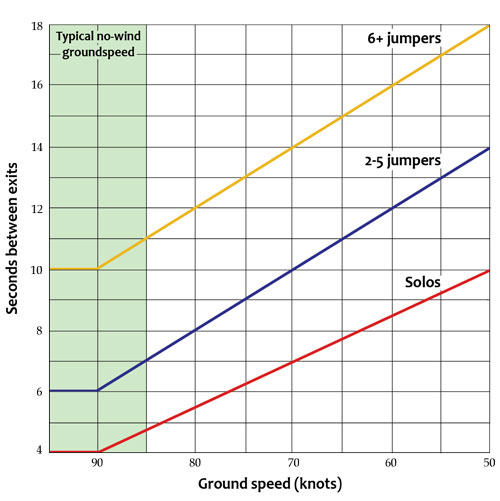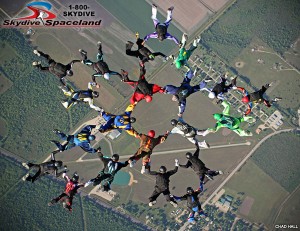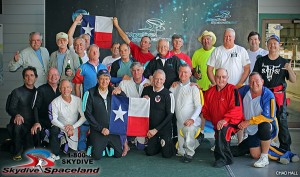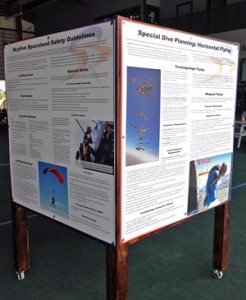Winds Aloft
This information is posted daily on the board near the aircraft mockups. Also check out our weather page…
Loading Area
- We use loading area 1 (north of the hangar) on cold starts/after fueling, and loading area 2 (northwest corner of hangar) on hot turns.
- Please be in the loading area on the 5-minute call.
- You must be fully geared up, ready to jump, before entering the loading area. No loose leg straps or gearing up in the loading area.
- No smoking in the loading area.
- When the airplane pulls up, be lined up ready to board. Don’t make the aircraft wait for you.
- Please observe our planned boarding/exit order
Runway(s)
- Under canopy, do not fly over the runway or its approaches below 1,000 feet when aircraft are approaching/taking off/taxiing.
- When under canopy, avoid holding off the ends of the runway where aircraft take off and approach.
- When crossing the runway on foot, stop and look both ways first. If an aircraft is on landing approach or taxiing, stop well back from the runway and take a knee or squat down to show the pilot you see him/her. NEVER cross in front of an aircraft on the runway.
- The pavement is not the only runway; we also land on the grass runway next to it. Stay well back from the runway when landing or waiting for an aircraft to pass.
Aircraft Safety
- Please avoid all aircraft operations areas except when boarding the aircraft.
- NO GUM on the airplanes!
- 4 on the floor MAX in the Caravan! No more than 4 jumpers aft of the benches during boarding, taxi, takeoff, or landing.
- Avoid all propellers, moving or otherwise, at all times.
- The person sitting behind the copilot seat must be prepared and willing to relay commands from the pilot to jumpers in an emergency situation.
- Helmets must be buckled on heads for takeoff and landing (until 1,500 feet). Large video helmets can be buckled to seat belts.
- Seatbelts on until at least 1,500 feet. Open door at 1,500 feet in hot weather after checking your handles and verifying seat belts are off jumpers near the door first. Also check for a thumbs up from any instructors near the pilot. DO NOT slam the door open or closed! (More info/video on operating an Otter/Caravan door…)
- The Skyvan door must be operated by two people.
- Close door around 7,000 feet in hot weather (or lower if it’s too cold) to allow students to easily talk with instructors.
- Get a gear check before exit!
Check 3s before exit:
- 3 rings
- 3 buckles
- 3 handles
- 3 accessories (helmet, goggles, altimeter)
Exit Procedures
- First ensure the door and exit lights are dark before jump run (have not been left on from the previous flight).
- Red light turns on: Open door and check for other aircraft traffic/spot. Request course corrections using left/right toggle switches at your own risk. DO NOT exit on the red light! If you exit before the green light, you may be grounded.
Green light turns on: Exit. - If you are in the Caravan, ensure the green light is on AND aircraft is not climbing before exit (to avoid striking the tail).
- Before observing other jumpers exit on low passes, full-altitude jumpers should remove their seat belts, check their handles, and prepare for exit in case of emergency.
